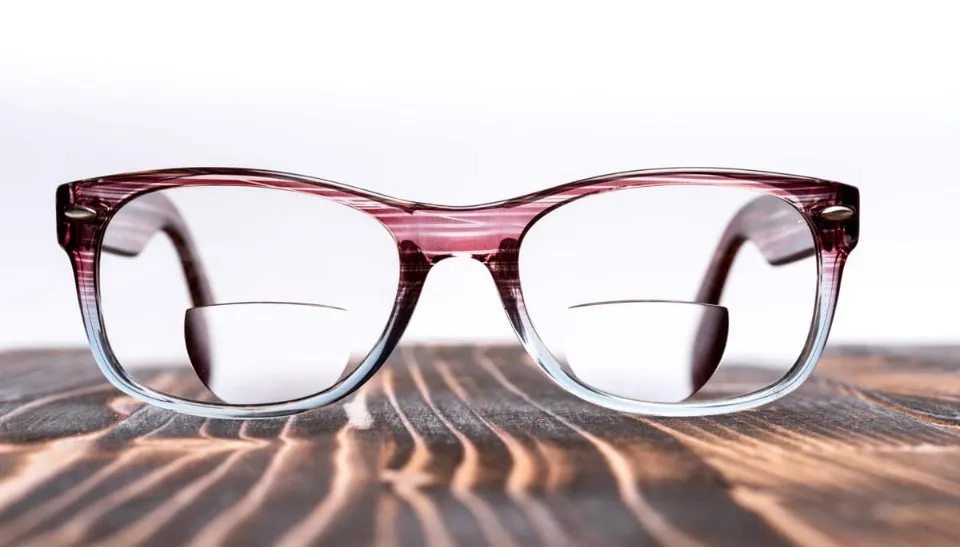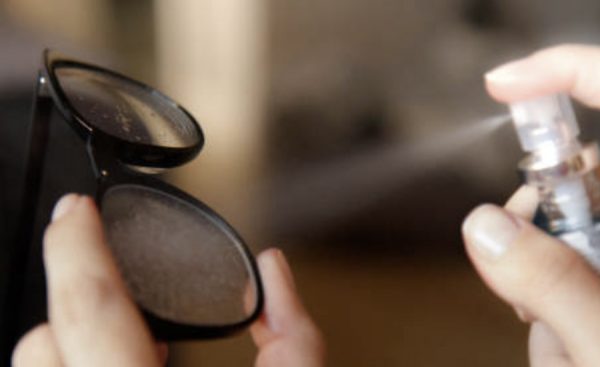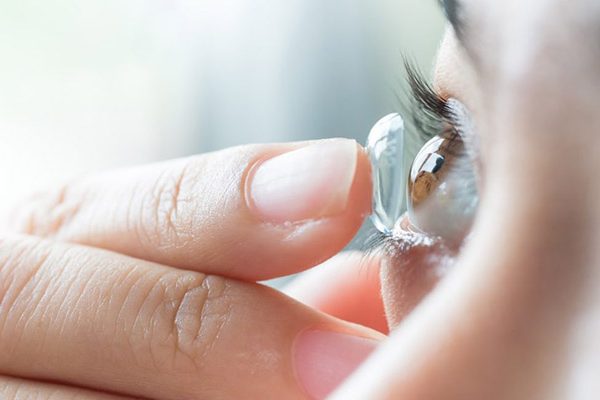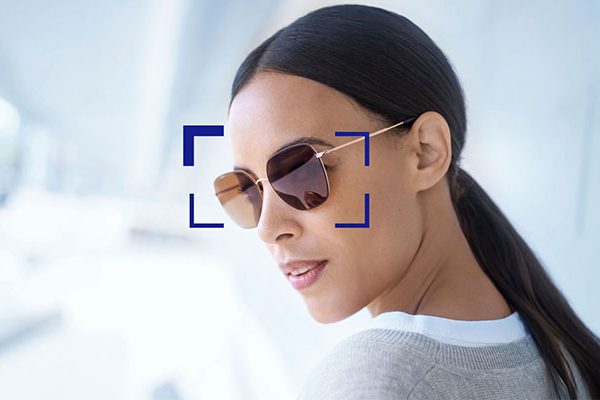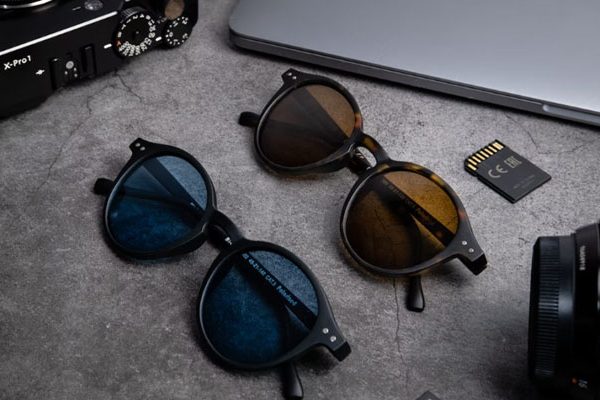Today’s lenses come in a wide range of variations, many of which serve the same purpose or even multiple purposes. This blog post will cover what is bifocal lens, how they work, and how they can help people with different vision impairments.
A bifocal lens consists of both convex lens as well as concave lens. It is used by the person suffering from myopia , hypermetropia , and presbyopia (not able to see vey distant objects).
Your questions about bifocal lenses are answered in this article.
Table of Contents
What is Bifocal Lens?
Bifocals are lenses with two separate optical powers.
They are simply two lenses that have been bonded together. The “carrier,” or larger portion of the lens, is most frequently used for distance vision, while the “segment,” or smaller portion bonded to the carrier, is most frequently used for reading.
Read More: What is a Barlow Lens?
Uses of Bifocal Lens
Bifocals are useful for people who need an optical correction for two distinct distances, like long distance and reading, because it means that they don’t need to carry two pairs of glasses around with them. There is no requirement that the two components of the lens be for reading and distance.
They may be long distance at the top and intermediate distance at the bottom, depending on the wearer’s needs. Lorry drivers who need to see their instruments at arm’s length might find these useful.
A main lens with an intermediate correction and the wearer’s reading power may be preferred by those who work a lot at a desk.
Types of Bifocal Lenses
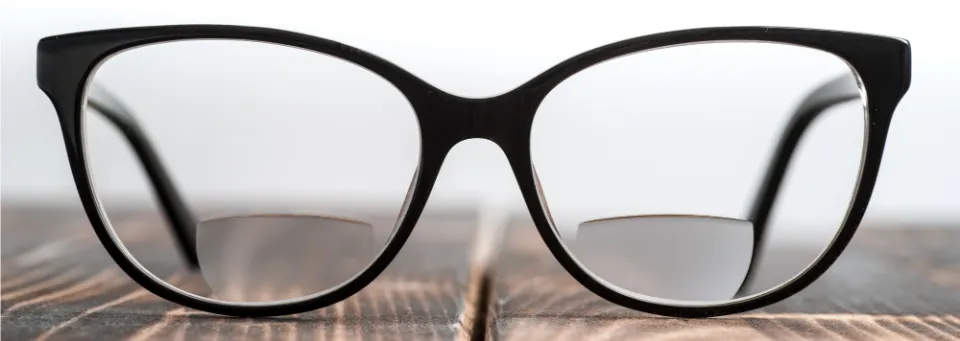
There are many different types of bifocal lens with varying shapes and sizes of segment. The most popular is known as the D28 because the segment is 28mm wide and shaped like a D. We offer this lens as standard.
Walking around is much easier than in a larger segment because the reading area is nice and wide while still allowing for good peripheral vision below the eyeline.
Executive bifocals are segments that are either round or the entire width of the lens.
Advantages of Bifocals
One benefit of using bifocal lenses is that you won’t need to spend money on two different pairs of eyeglasses.
In comparison to progressive lenses, bifocal lenses are thought to be less expensive. They offer a wide variety of frames and can be mounted on any frame.
The lens material can be chosen based on the user’s comfort, and the user can also ask the optician to add an additional layer of anti-reflective, blue-blocking, and photochromic filters.
Disadvantages of Bifocals
The accommodation time of a bifocal lens is one of its drawbacks. For these lenses, people need time to adjust.
Computer workers may experience issues with the bifocal lens because it lacks an intermediate lens.
Final Words on What is Bifocal Lens
Bifocals are glasses that have both a correction for your distance vision on the top of the lens, and a correction to help you read on the bottom.
Patients with presbyopia, a condition that prevents a person from seeing objects placed close by, are fitted with bifocal lenses.
Also Read:
FAQs
Who Invented Bifocal Glasses?
Benjamin Franklin.
What is Bifocal Lens Used For?
A bifocal lens is used for the correction of presbyopia.
What Are the Differences Betweern Bifocal Lens Vs Progressive Lens?
Because they seamlessly switch between near and far prescriptions inside the lens, progressive lenses give their wearers the most natural vision possible. As opposed to this, bifocal lenses have separate prescription zones for near- and far-vision.

